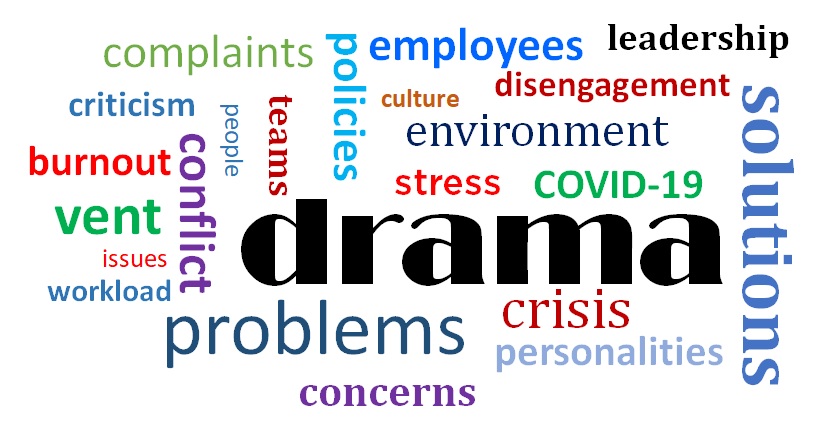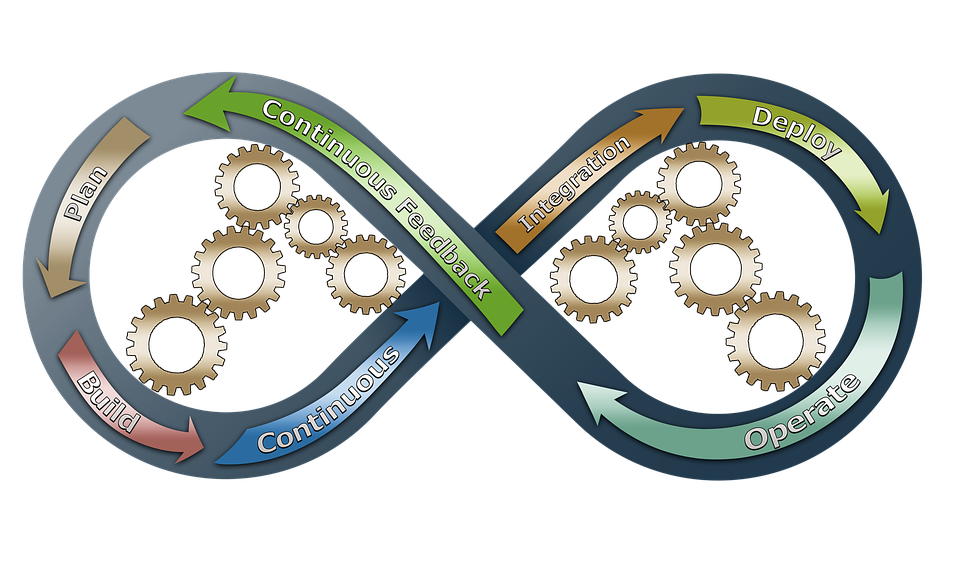American workers are on the move. Many are leaving or not returning to the jobs they had pre-COVID, hoping for a better opportunity in what is clearly an employees’ labor market.
Are you or someone you know considering making a career move?
Although it’s tempting to just dive into job search mode in hopes of a new beginning in 2022, I encourage you to take a more thoughtful approach. With so many opportunities available, this is a good time to really put some thought into what you want to do next, where you want to do it, and what that looks like. There are a few key steps to make sure you land your dream job.
Maybe you want to move up in your current company, maybe you want to do the same thing somewhere else, or maybe you want to change your career path entirely. Understanding what you really want and envisioning it is an important first step before you begin your job search. I call this getting clear on a Career Vision.
Once you’ve done this you can move on to other aspects of the job search with a focus on what you want to do next. This is the time to move if you are going to move, but it’s essential to be very clear about what you want so you make the move a good one and you don’t end up regretting it!
So, how do you get started on creating your Career Vision? Working with a coach to guide you through this discovery process will make your job search easier and more targeted.
I’ve been involved in the talent acquisition process both as a hiring manager and as a recruiter. I know firsthand what it takes to get noticed as an applicant and to land that dream job. That’s why at Connect to HR we include career coaching as part of our executive coaching offering. Through my coaching services, I’ve helped numerous clients transition from a job they dislike to a job they love.
If you or someone you know is considering exploring a different career opportunity and will be launching a job search soon but don’t know where to start, consider me as a resource! They don’t have to start their job search journey alone.
Best wishes as you consider your options for what’s next!
Michelle
P.S. Want to chat about your career and explore new options? Let’s do this! Contact me today and schedule a meeting https://calendly.com/michellemendoza-connecttohr/45min. You can also reach me directly at michelle@connecttohr.com.














